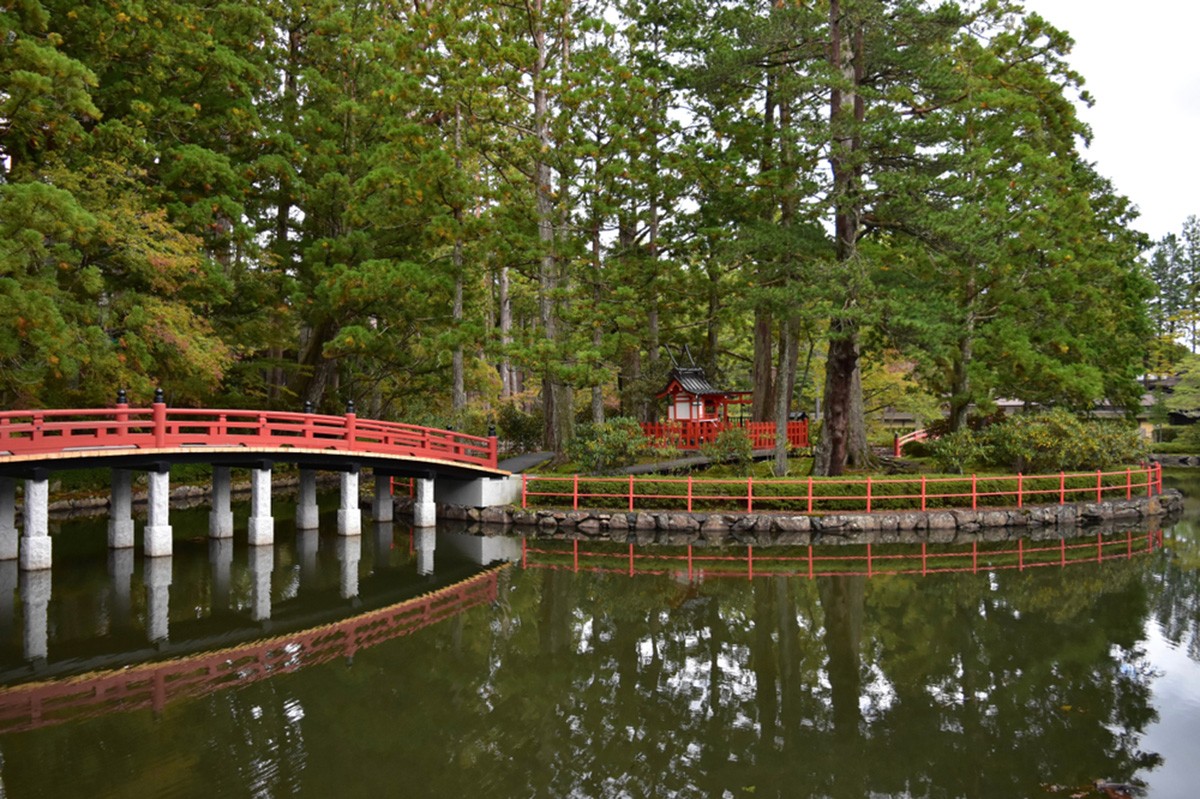
Koyasan is the common name for a Japanese Buddhist temple settlement established by Kobo Daishi (Kukai), the founder of the Shingon sect of Japanese Buddhism, located in Koyacho, Wakayama Prefecture. It is a holy place. The area is densely packed with temples, and the scenery is quintessentially Japanese.
It is also a popular destination for the opportunity to stay in shukubo (temple lodgings).
Overview of Mount Koya
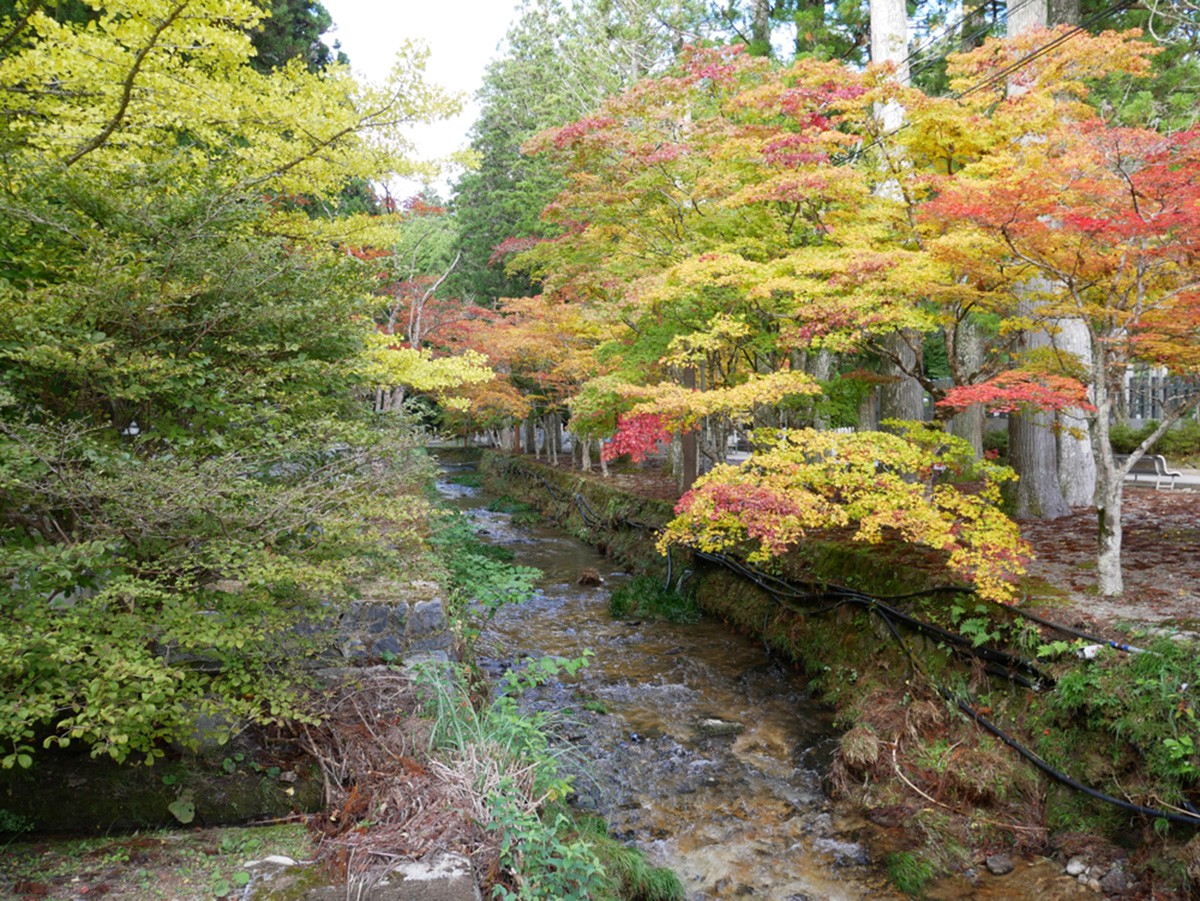
Koyasan refers to a basin running about 3km north-south and 6km east-west that is ringed by 1,000 meter-high Kii Mountains that houses many historical buildings and 117 temples as well as souvenir shops and restaurants. (As of September 2019)
Konnobu-ji, the head temple of the Shingon Buddhism of Koyasan, Jisoin, Nyukan Shobu Shrine, and Nyuto Hibi Shrine are part of the Sacred Sites and Pilgrimage Routes World Heritage Site. Koyasan has also earned three stars in the Japanese edition of the Michelin Green Guide.
Mount Koya’s Weather

Koyasan is at quite high altitude and so the climate is cool all year round with an average temperature of 10.9 ° C. In winter temperatures can drop below freezing. So we recommend the best time for visiting Mount Koya is spring or autumn when the weather is milder. However, you can see beautiful scenery in each season, such as cherry blossoms in spring, the deep green of foliage in summer, and the rich colors of autumn leaves. And although it is cold in winter, it is a wonderland of snow blanketing the roads and temples.
Things to do on Koyasan
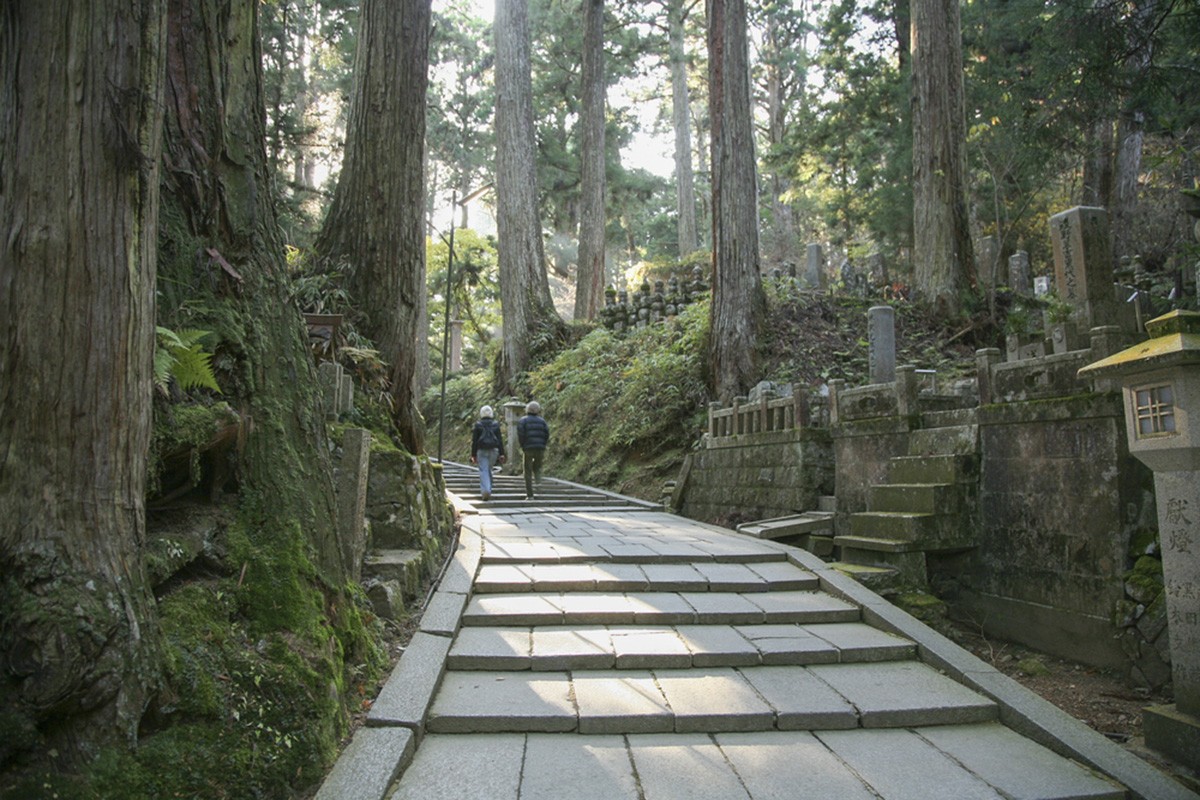
Koyasan has many attractions such as temples, historical buildings and natural scenery. Here are some recommended spots and ways to enjoy your time there.
Okunoin and Kongobuji temples
At the heart of Koyasan, is the Okunoin cemetery, where more than 200,000 gravestones and memorial monuments (Ireihi) line the approach to Kongobuji, the temple built in 816 by Kobo Daishi.
There are many historic temples on Koyasan, but you should definitely visit Kongobuji. First of all, the beautiful exterior of main building is a masterpiece. Inside, you can see an elegant sculpture with pine and cranes drawings.
The temple precincts include Banryutei, the country's largest stone garden with a beautiful sand pattern, a traditional teahouse and a bell tower.
Hiking on Mount Koya’s pilgrimage trail
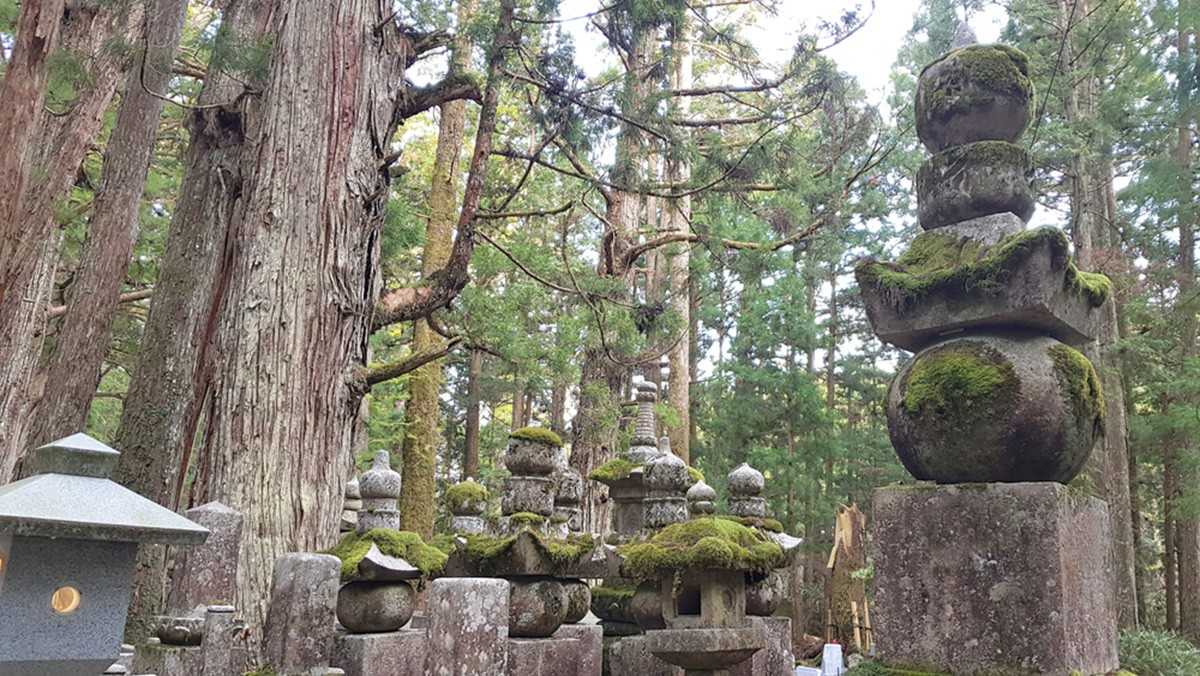
Koyasan is a popular hiking destination, with seven pilgrimage routes from various locations to Koyasan. For example, Koyasan Choishi Michi is a trail about 22km long marked with 180 stone pillars. There are shrines and temples, historic sites, and an observation deck along the way.
Nyonin-michi is a 6.9km route that connects the seven entrances of Mount Koya and goes along the ridges of the surrounding mountains. In Koyasan, women were prohibited from entering the strict ascetic training ground from its founding until 1872 when the ban was lifted. Currently, there is only one “women’s hall” in Fudosakaguchi.
Taste Koyasan's specialty cuisine
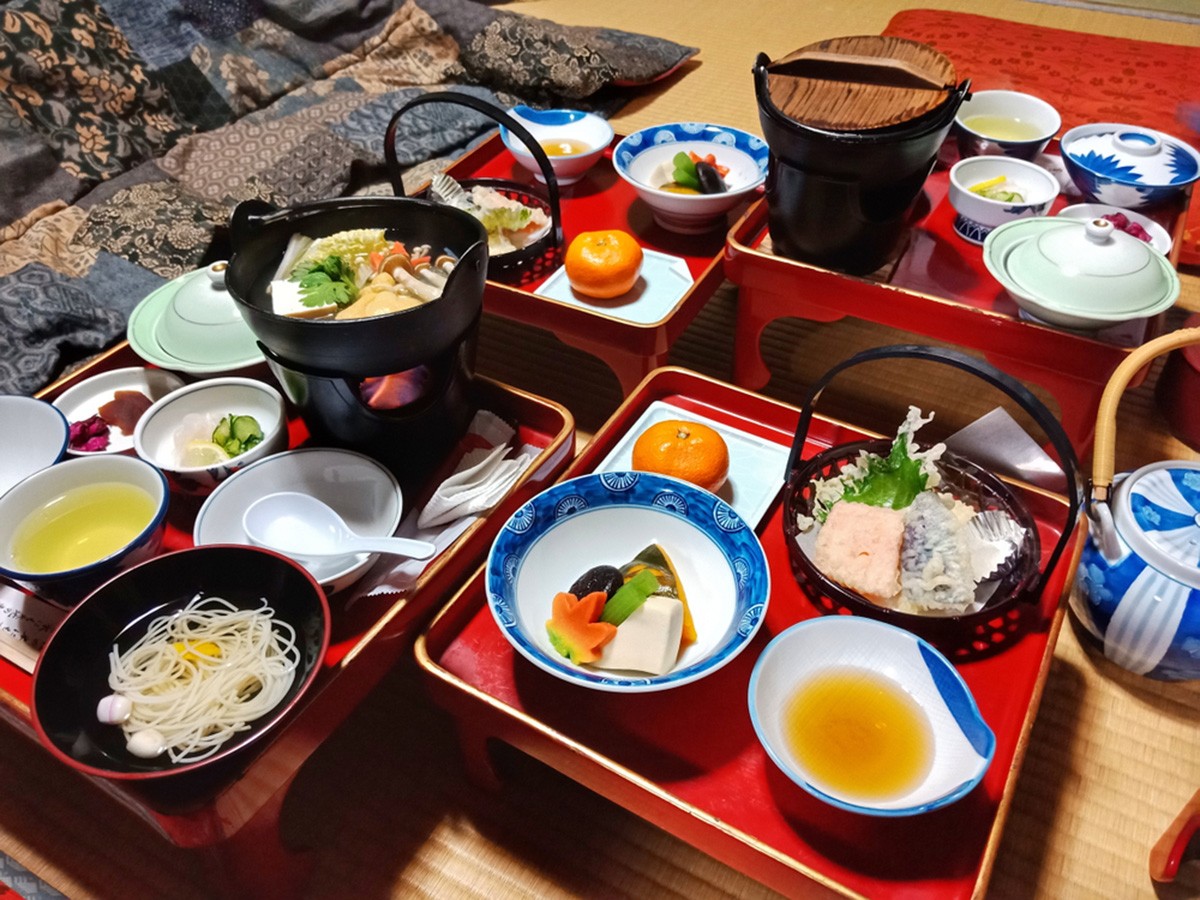
Koyasan has a variety of specialties such as yakimochi and sesame tofu. But you should definitely try shojin ryori (Buddhist vegetarian cuisine).
Shojin Ryori is based on Buddhism and the Dharmic concept of non-violence and so uses ingredients such as cereals and vegetables, but no seafood and meat. There are small dishes that use seasonal ingredients and emphasize color balance.
In addition to Japanese restaurants, you can eat shojin ryori vegetarian dishes at shukubo lodgings if you make a reservation in advance. The price is usually about 1,000-6,000 yen. (As of September 2019)
Staying in temples on Mount Koya
There are 117 temples on Mount Koya, 52 temples of which also serve as shukubo accommodation.
The traditional shukubo Murykoin, the beautiful Japanese garden Akamatsuin ', and Fukuchiin, with the only natural hot spring in Koyasan are a must-see for all.
With shukubo, you can have various extraordinary experiences. For example, every morning a monk participates in “Asagogi” (morning prayers) where the priests recite sutras and worship in front of the “Gohonson” (venerated religious object), which you can attend, or you can experience Ajikan meditation (using the letter A as a focus for meditation) practiced by the Shingon sect.
Accommodation charges are typically about 10,000 to 20,000 yen, but can be much higher.
How to get to Mount Koya
From Kansai International Airport, take the Nankai Electric Railway Limited Express to Tenchajaya Station (about 30 minutes). Transfer to the Limited Express Koya and go to Gakurakubashi Station at Koyasan Cable Car Station (about 80 minutes). If you take the Koyasan cable car, you will reach Koyasan Station in about 5 minutes.
Spot information
- Spot name:Koyasan or Mount Koya
- Street address:Koyasan Kokuyurin, Koyacho, Itsugun, Wakayama 648-0211
- Access:Koyasan Station on Koyasan Cable Car
- Wi-Fi:Available(Koyasan Free Wi-Fi, WAKAYAMA FREE Wi-Fi)
- Language:English, Chinese, French
- Credit cards:VISA, MasterCard, JCB, AMERICAN EXPRESS, Diners Club International(depending on the facilities)
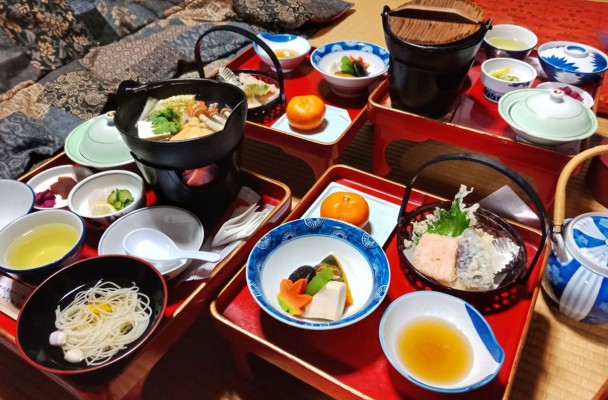
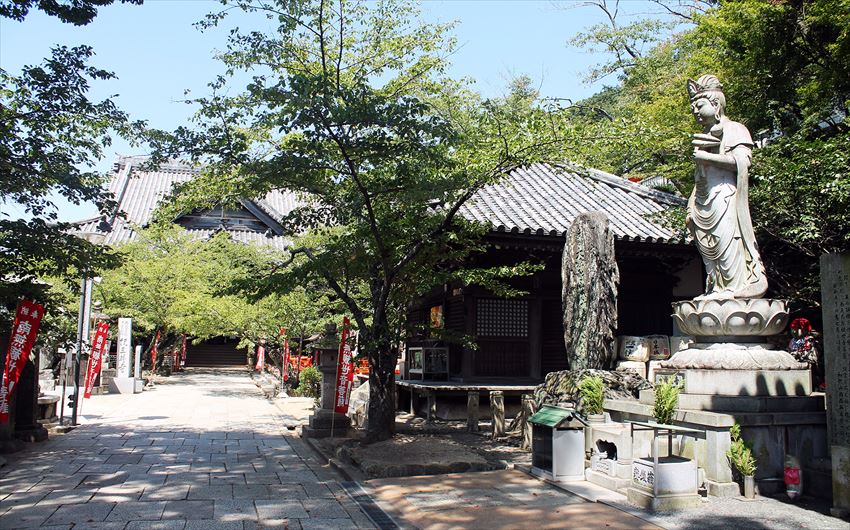
Comments